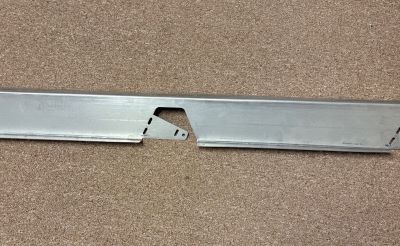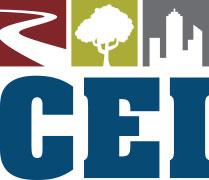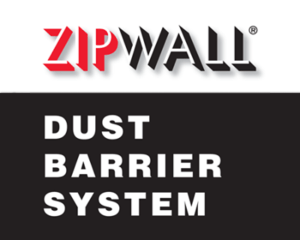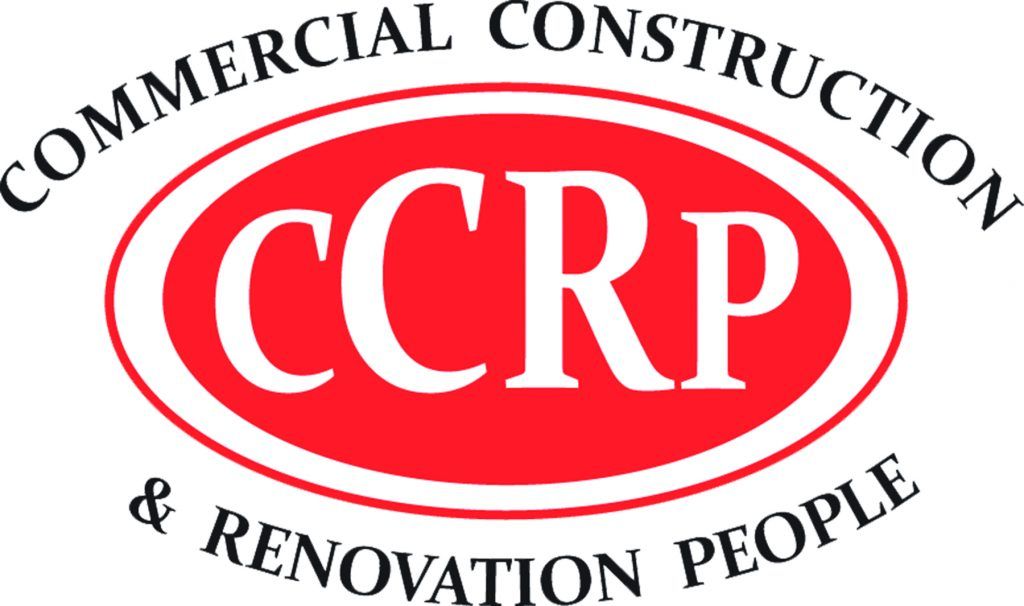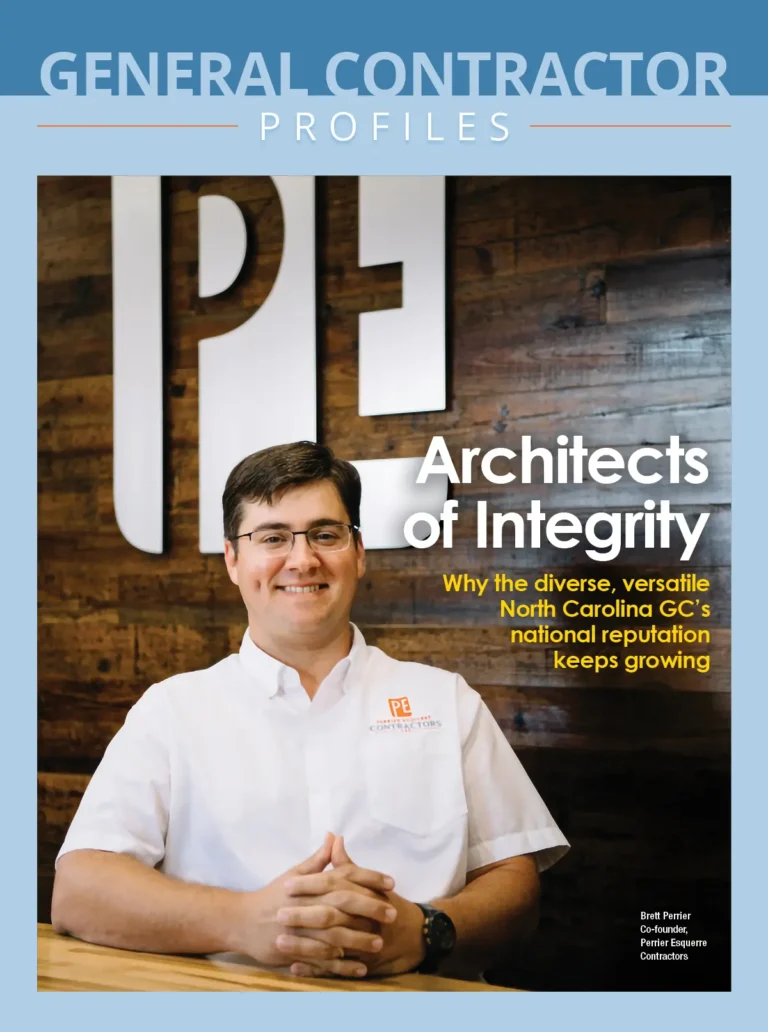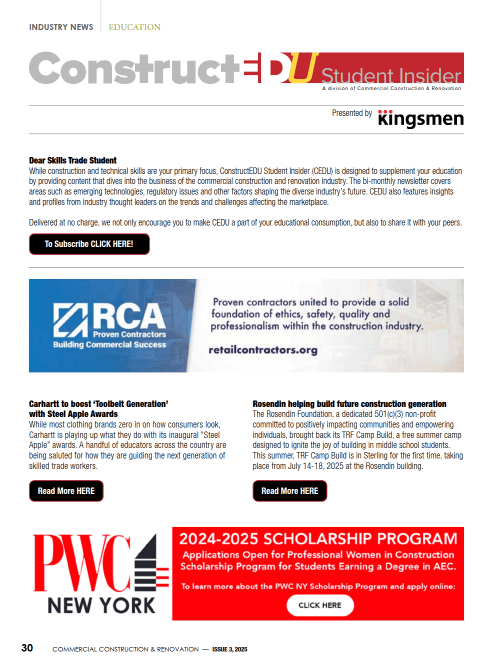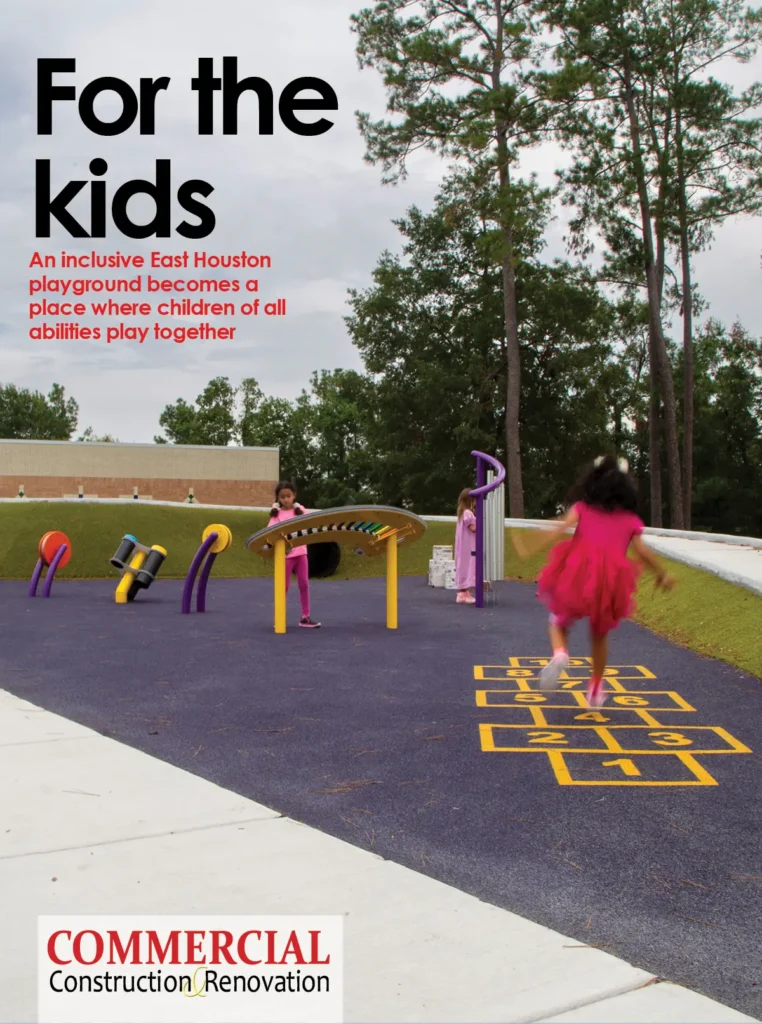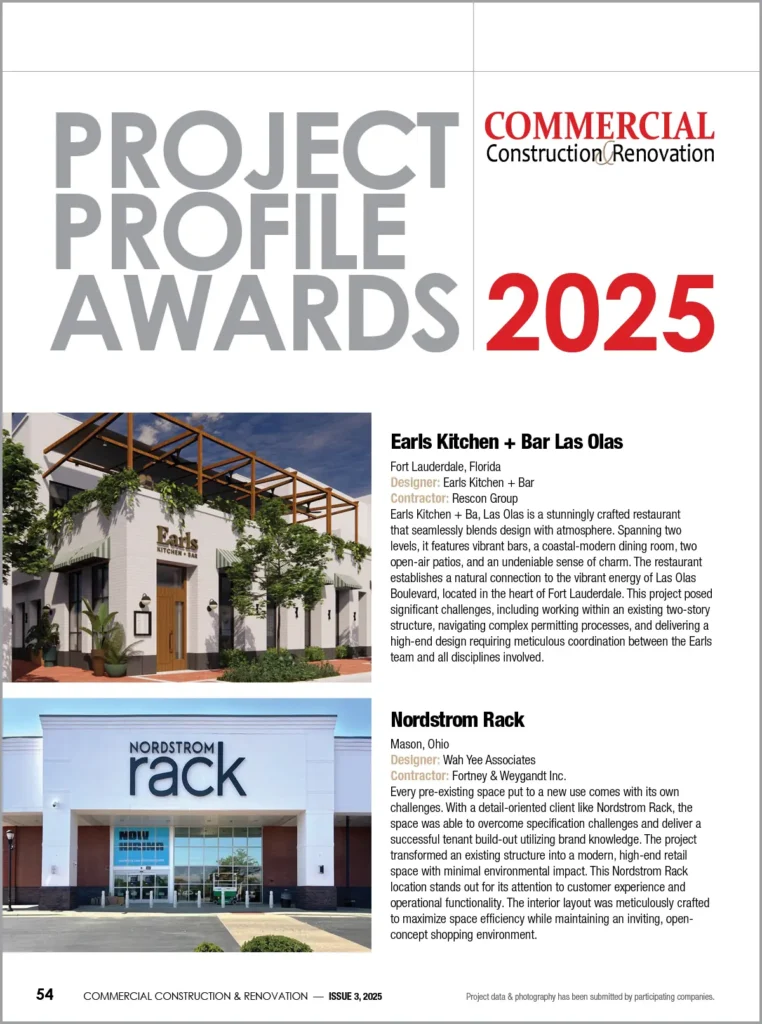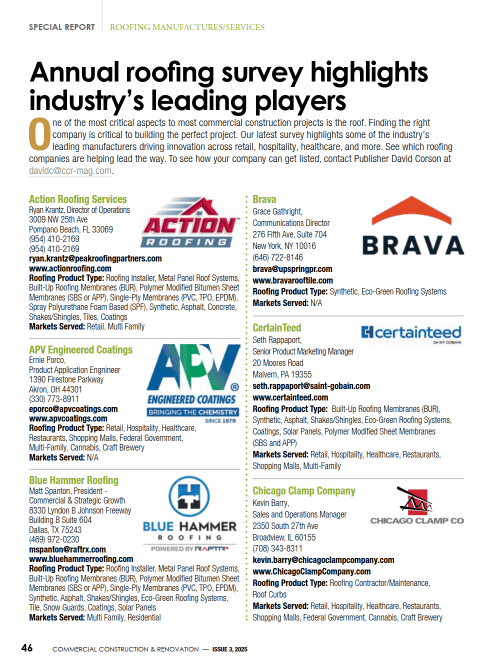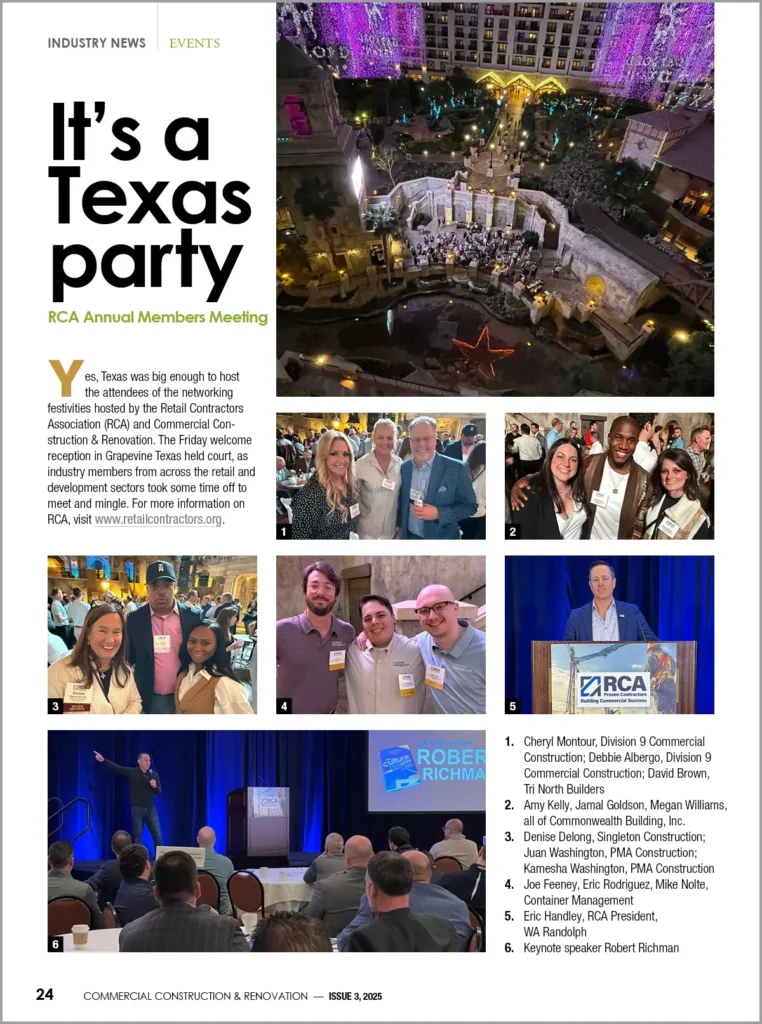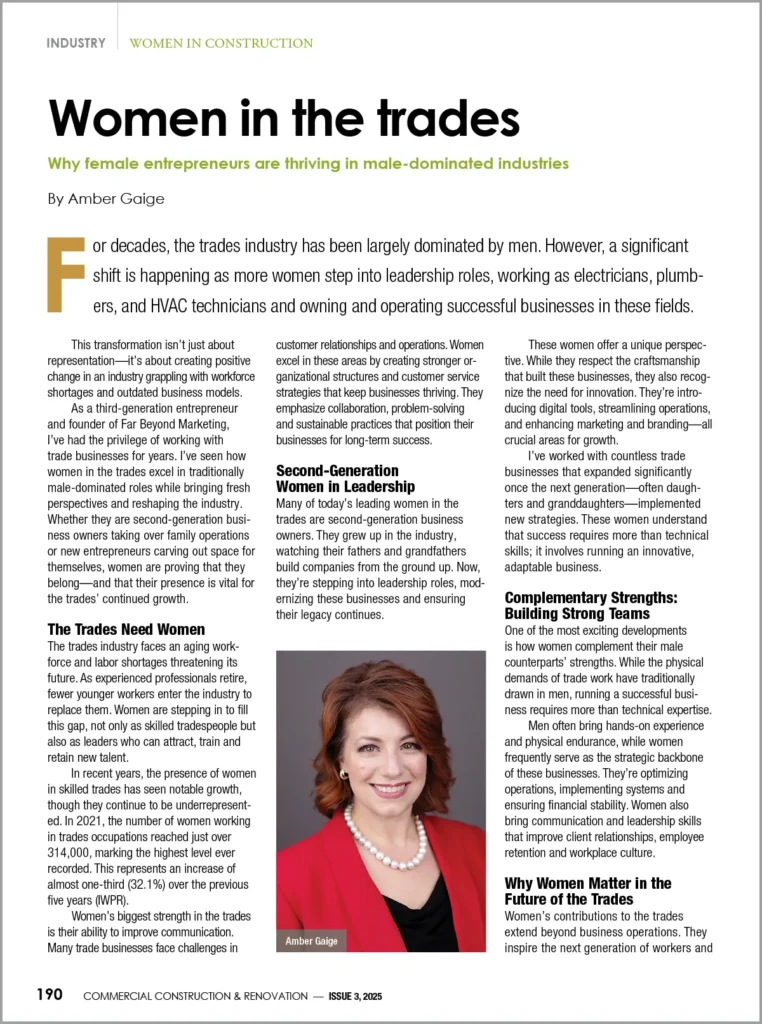Metal roofs move. Expansion and contraction caused by temperature change, as well as loads caused by snow and wind, create engineering issues that need to be solved when installing a metal-over-metal retrofit system.
One consideration during the design of metal framing concerns “roll” or the tendency of a structural member to rotate from its intended axis. Metal building purlins are the members most contractors are familiar with, along with that pesky bridging that manufacturers make you install between the purlins to keep them perpendicular to the frames they attach to.
During a roof retrofit, the sub-purlins have the same roll tendency that can be caused by a variety of stresses:
· Snow drag
· Roof pitch and panel length
· Original roof is mounted on a tall clip or over a compressible material
In snow country, it’s common to have some sort of snow retention system installed on a metal roof. Snow guards and snow fencing or rails are designed and very effective at preventing dangerous avalanches. That means the snow stays on the roof, creating an extra load on the roofing system.
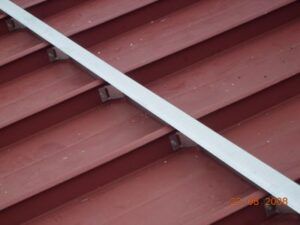
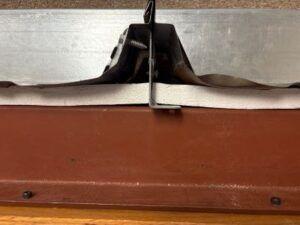

Model T Vertical RIS Panel
Trapezoid RIS Panel
Trapezoid panel on tall chips
Images Courtesy of: Roof Hugger
The patented Model T from Roof Hugger has a field bend-out bracket that fastens to the existing roof ribs and helps resist the drag loads caused by snow, wind or thermal expansion. This easy-to-install bracket controls “roll” of the sub-purlin system.
Roof panels mounted on tall clips and roofs installed over decking and rigid insulation present a unique problem for retrofitting. The pan of the original roof sheet is held between 1 to 4 inches above the existing purlins or deck to reduce thermal transfer between the roof and the structure. These systems also achieve a much higher R-value because thermal break can be installed between the roof and existing purlins or deck.

Roof with snow
Image Courtesy of: Roof Hugger, S-5!
Tall clip roof systems use a special proprietary standoff fastener was created by Roof Hugger to properly hold the company’s sub-purlins in the correct position on the existing roof panels. Rigid insulation over deck assemblies typically employs sleeves and long fasteners for attachment. Both then use the Model T sub-purlin, with its unique “anti-rotational arm” to prevent the sub-purlin from rolling under load. The roll occurs because the material between the existing purlin and original roof panel is compressible and any Z sub-purlin will roll without something to resist it.
As durable and long-lasting as they are, eventually, all metal roofing systems will need to be replaced, or much more simply, retrofitted with a metal-over-metal system using sub-purlins. When it is necessary to retrofit these roofs, it can be difficult to get a solid connection to support the new roof panels. Fortunately, Roof Hugger pioneered and patented a complete system for these roofs. Like all Roof Hugger sub-purlins, the Model T has been lab tested and delivered to the market as a proven part of a retrofit system.
Understanding this problem led to the innovation of the Model T, creating another simple, structurally correct, easy-to-install solution for retrofitting tall clip standing seam roofs. Another interesting dimension to this unique part is that it has recently been shown to be capable of adding some strength to an existing purlin system. If load is a concern on a project, please consult with Roof Hugger to see if the Model T may be of benefit.
About Roof Hugger
Roof Hugger notched sub-purlins enable replacement of new metal roof panels over an old metal roof. They can be used over screw-down or standing seam and corrugated roof systems and can accommodate new standing seam or screw-down panels. Roof Huggers also maintain integrity of original design loadings; achieve “thermal break” air space between old and new roof sheets; allow for optional insulation; and are laboratory and load tested — with certified load charts. For more information on metal-over-metal retrofit re-roofing, contact Roof Hugger at 800-771-1711 or visit www.roofhugger.com.
(middle trapezoidal panel)
Feature Image Courtesy of: Roof Hugger




